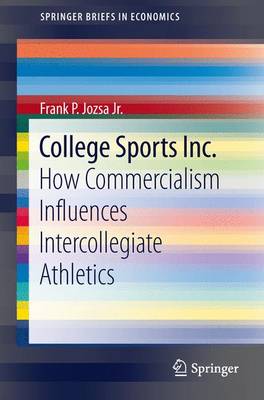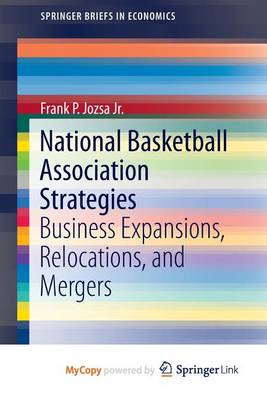SpringerBriefs in Economics
4 total works
This brief analyzes each of the Major League Baseball (MLB) franchises in the American League, their past regular-season and postseason records and financial performances while operating as competitive, popular, and profitable or unprofitable enterprises. Using sport-specific information and relevant demographic, economic, and financial data, this brief will highlight when and how well these MLB teams performed and the financial status and significance of their organization as a member of an elite professional baseball league. The brief also investigates the success of teams in terms of wins and losses based on home attendance at their ballparks, market value, and revenue. Furthermore, it compares the history, productivity, and prosperity of the franchises among rivals in their division like the Boston Red Sox and New York Yankees in the American League East Division, Chicago White Sox and Detroit Tigers in the Central Division, and Oakland Athletics and Los Angeles Angels of Anaheim in the West Division. This brief will be of interest to practitioners and scholars who research the sports industry, college and university professors who teach undergraduate and graduate students majoring in sports administration, business, economics and management, and fans of the sport.



